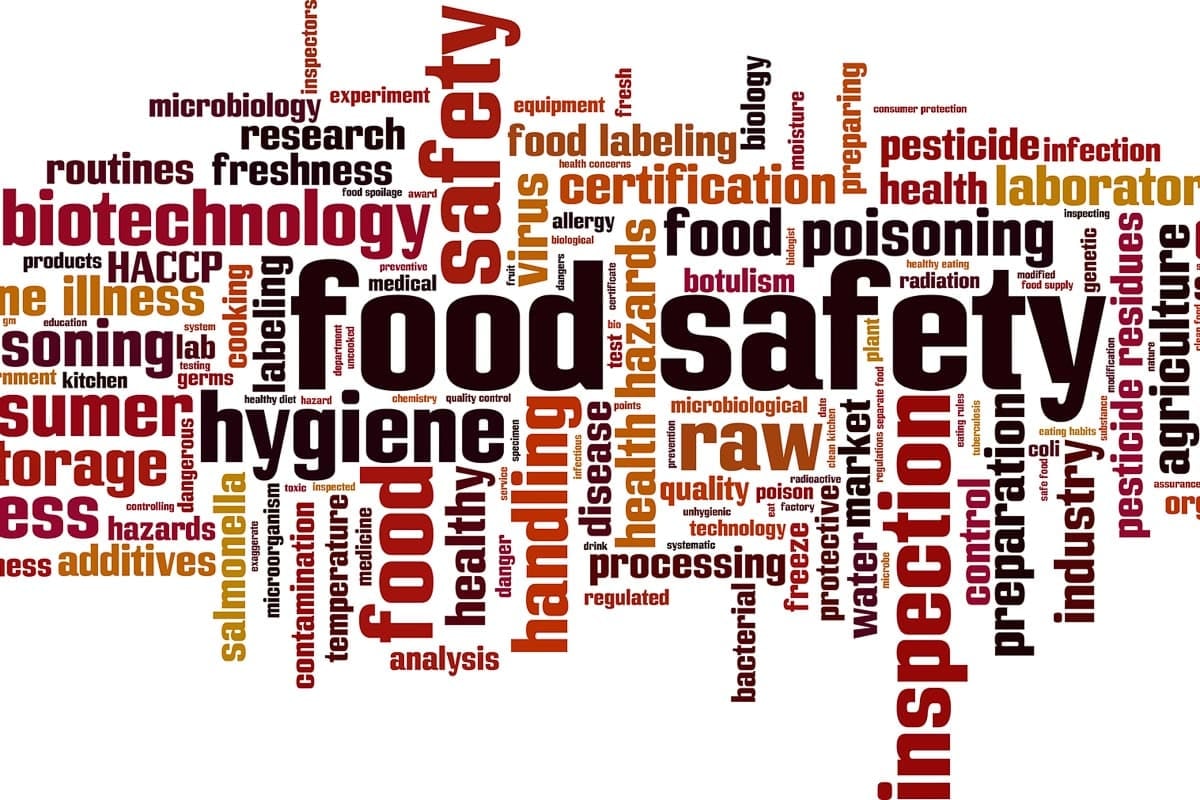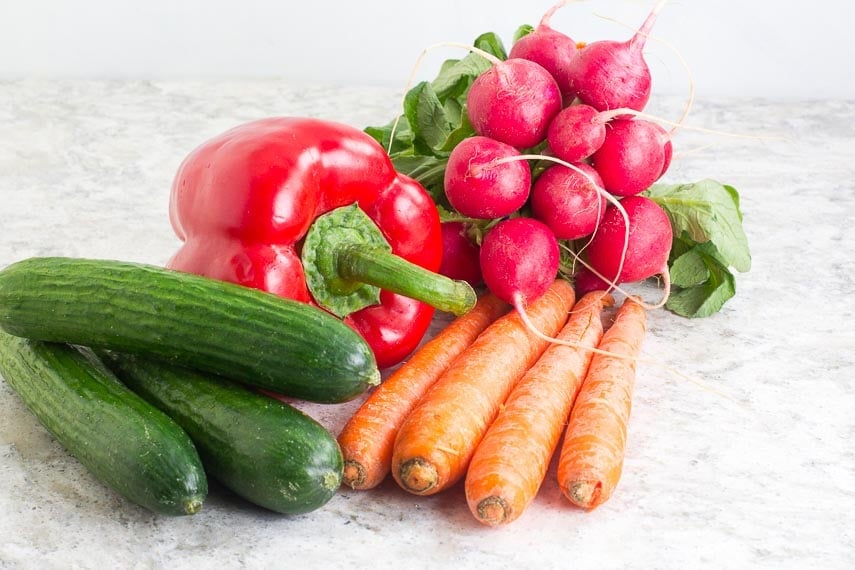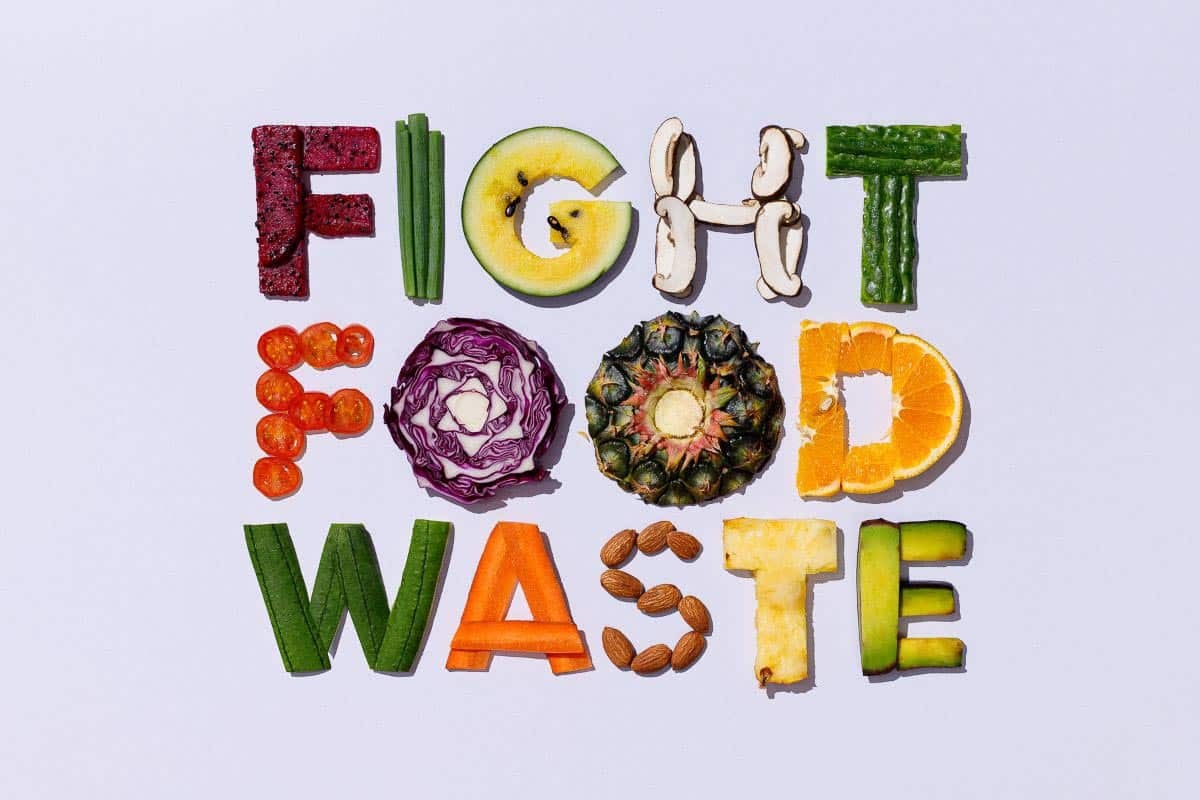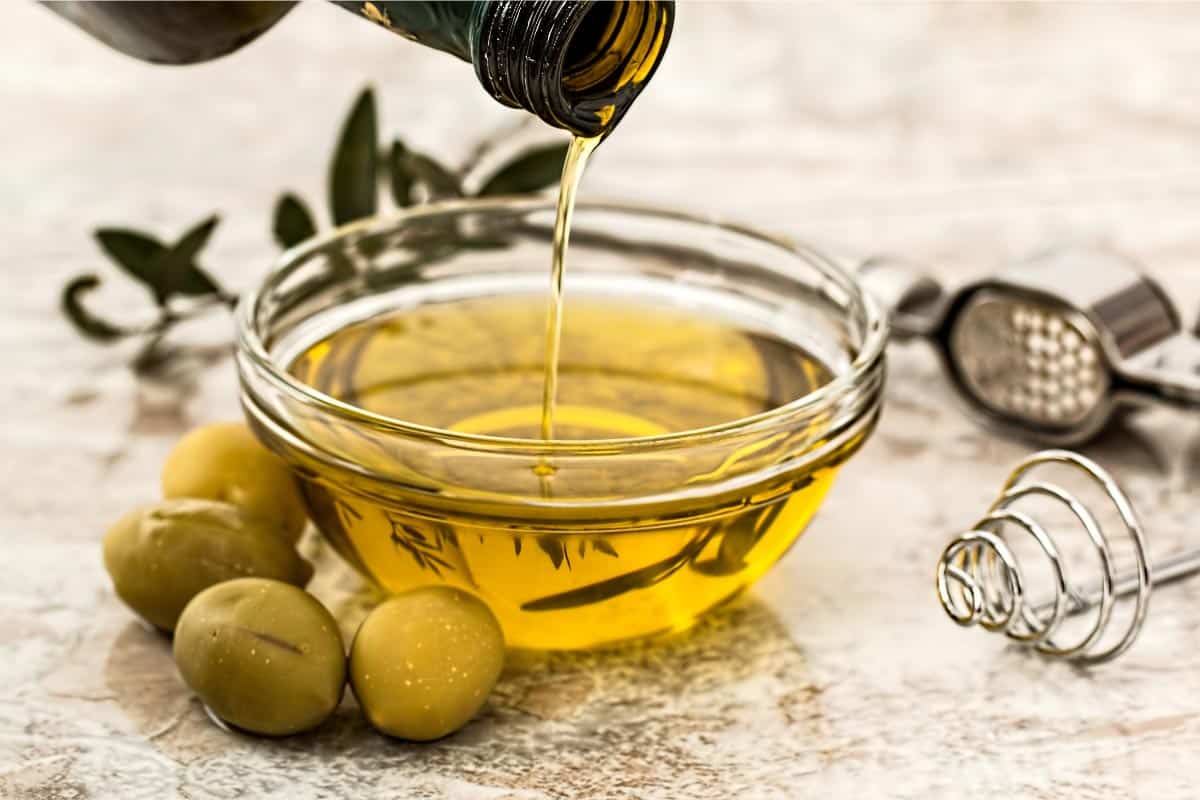Many food products come with “use by” dates, “expiration” dates, “sell by” dates, and “best if used by” dates. What do they mean, and how important is it to pay attention? Common sense tells us that at the stroke of midnight on a particular day that food doesn’t all of a sudden take a dramatic downturn, so we thought it would be helpful to dive into this common terminology.
And did you know that a significant amount of food is unnecessarily wasted due to misunderstandings about labeling?
First of All, Is Product Dating Required?

You might be surprised to learn that most product dating is not required by federal law. The exception is infant formula.
The Smell & Look Test

Did you have a mom or grandmother who would stick something under your nose and ask you to smell it, and say something like, “does this smell OK to you”? We’ve been there, and this is not foolproof.
Numbers (and letters!) That Don’t Immediately Make Sense

Now that we know that dating is largely optional, it makes sense that there is no one consistent approach.
Product labels can (and often do) include two distinct forms of date information. “Open Dating” denotes a calendar date assigned to a food item by either the manufacturer or the retailer. This particular date serves as a guide for consumers, offering insights into the expected optimal quality timeframe for the product, and aiding retailers in determining the appropriate shelf life for the item. You will most often find “Open Dating” on meat, poultry, egg, and dairy products.
In contrast, “Closed Dating” involves a code, typically composed of letters and/or numbers, employed by manufacturers to indicate the exact production date and time. This would come in handy if there were a recall. You will most often find “Closed Dating” on shelf-stable products such as cans (such as vegetables, tomato sauce) or boxed food (such as pasta).
Meat, Poultry & Eggs

For meat, poultry, and egg products regulated by the Food Safety and Inspection Service (FSIS), manufacturers have the option to include dates on their products, but these dates must adhere to FSIS regulations and ensure accuracy without causing any confusion.
To be in accordance with these regulations, a date should include both the month, and day of the month. In the case of products that are shelf-stable or frozen, the year must also be indicated. Furthermore, directly alongside the date, there should be a clear statement that clarifies the significance of that date, such as “Best if Used By.”
Food Safety Versus Quality

Manufacturers offer date information to assist consumers and retailers in determining the optimal quality period for food products. It’s important to note that, with the exception of infant formula, these dates do not serve as safety indicators and are not mandated by federal law.
Can Food Lose Nutritional Value?

This is a great question, and the answer is yes. Even if a food is still safe to eat, and will even taste great, nutrients can be lost, even before those expiration dates. Fruits and vegetables, for instance, lose antioxidant benefits the older they get, and are exposed to air and light.
Watch For These Terms

In the United States, there is no standardized or universally accepted terminology for open dating found on food labels. Consequently, a diverse range of phrases is employed on labels to convey quality-related dates. Here are some commonly encountered examples:
- “Best if Used By/Before” denotes the date when a product is expected to retain its optimum flavor or quality. This date is not intended as a guideline for purchase or safety.
- A “Sell-By” date assists retailers in managing inventory by indicating how long a product should be displayed for sale. It is not indicative of safety.
- The “Use-By” date represents the last recommended date for consuming the product while it is at its peak quality. It does not serve as a safety date, except when applied to infant formula as elaborated below.
- A “Freeze-By” date indicates the ideal time to freeze a product to maintain its peak quality. This date is unrelated to purchase decisions or safety considerations.
Unnecessary Food Waste

According to the USDA, approximately 30 percent of the food supply is lost or wasted at the retail and consumer levels. One significant contributor to this food waste issue is the misinterpretation of date labels, leading consumers and retailers to discard perfectly good food.
What Does “Best If Used By” Mean?

To help minimize food waste, and also to give consumers the clearest language possible, the FSIS recommends that food manufacturers and retailers employ the phrase “Best if Used By” as a product date indicator.
Research indicates that this terminology effectively communicates to consumers that the product will be at its highest quality if used by the specified calendar date. Foods that do not display signs of spoilage should be considered wholesome and can be sold, purchased, donated, and consumed even after the “Best if Used By” date printed on the label.
Is Food Safe to Eat After the Dates Pass?

Except for infant formula, if the indicated date on a product label has passed during home storage, the product can still be safe and of good quality when handled correctly until signs of spoilage become apparent (remember to promptly refrigerate perishables). Spoiled foods typically exhibit off-putting characteristics like an unusual odor, flavor, or texture due to the natural growth of spoilage bacteria. If a food displays such spoilage traits, it should not be consumed. So maybe Grandma was onto something?
There is an exception: the color of meat or poultry do not necessarily indicate spoilage (for more information, refer to The Color of Meat and Poultry).
Can “Spoiled” Food Make Me Sick?

Various microorganisms, such as molds, yeasts, and bacteria, can proliferate and lead to food spoilage. Viruses, however, do not have the capacity to grow in food and are not responsible for spoilage. There are two primary categories of bacteria in food: pathogenic bacteria, which can cause foodborne illnesses, and spoilage bacteria, which, although harmless from a health perspective, can degrade food quality, resulting in undesirable tastes or odors that render the food less wholesome.
When spoilage bacteria have access to nutrients (food), moisture, sufficient time, and favorable temperatures, these conditions promote rapid bacterial growth, ultimately affecting the food’s overall quality. It’s essential to note that improper storage or handling of food can accelerate the onset of food spoilage.
Still Have Food Safety Questions?

These are the resources to use:
- USDA Meat & Poultry Hotline toll-free at 1-888-MPHotline (1-888-674-6854)
- The Hotline is open year-round and can be reached from 10 a.m. to 6 p.m. (Eastern Time) Monday through Friday.
- Or e-mail questions to MPHotline@usda.gov.
- Consumers with food safety questions can also “AskUSDA,” the FSIS virtual representative. Available 24/7 at AskUSDA.gov.
Don’t Fall For These 17 Foods That Pretend To Be Healthy

Have you heard the term “Dr. Google”? That’s when you turn to search engines and the Internet to provide health and medical information – and unless you know how to vet sources, it is a mine field of faulty information. Here are 17 foods that you might have heard are “healthy”, but we have the whole story. PS: the moment a food becomes a trend, research carefully. We’re looking at you bulletproof coffee! Read: Don’t Fall For These 17 Foods That Pretend To Be Healthy
10 Foods We Were Told Were Bad For Us, But Now Are Told Are Good For Us

Butter, eggs, bread, coffee, potatoes – what do these all have in common? At one point they were deemed to be horrible, terrible, bad, bad foods for your health. And what now? Not so much. Depending on how old you are, you might not remember some of these warnings. There was a time that butter was considered the devil, and margarine was hailed as culinary and dietary salvation. WHAT? Grab a hunk of whole grain sourdough with butter, and read on. READ: 10 Foods We Were Told Were Bad For Us, But Now Are Told Are Good For Us
Are You Sabotaging Your Gut Health? 8 Things to Stop Doing Now

Welcome to the world of IBS, where an average of 8% of people worldwide suffer from extreme digestive upset, bloating, gas, and other gut health issues. Whether you have been recently diagnosed or have been struggling with irritable bowel syndrome (IBS) for years, we understand how challenging and frustrating it can be.
READ: Are You Sabotaging Your Gut Health? 8 Things to Stop Doing Now







